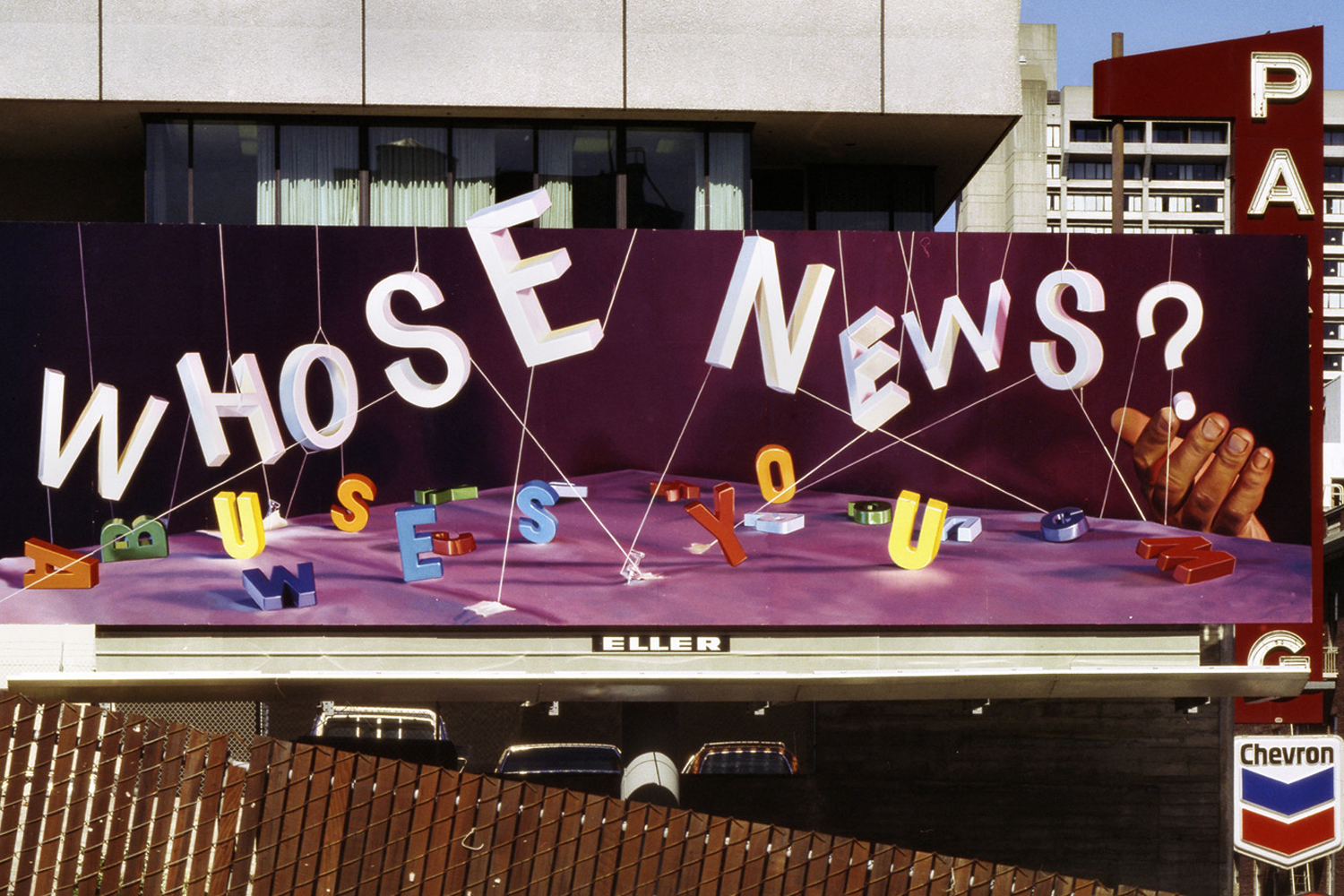
Years ago, the photographers Larry Sultan and Mike Mandel decided to put together a book about the work on which they had collaborated, decades worth of significant art made between the 1970s and 1990s. Each had been working on his own solo projects and Mandel had left California, where the two grew up and met and studied together, so the book was always meant to be a look back, a visitation from a place of finality. But then Larry Sultan got sick. Sultan succumbed to cancer in December of 2009 at the age of 63.
“We thought it would be great to take some of the work that people hadn’t seen a lot of or hadn’t seen anything about and bring that to light, and we just thought now would be a great opportunity to do that, now that we were kind of moving into a different part of our lives,” Mandel says. “We didn’t realize Larry was moving into leaving this place.”
The book project was dormant for a while after Sultan’s death, but his wife, assistant and gallerist—who continued to be involved throughout the project—helped Mandel get the idea going again. Because the book had always been about a collaboration that had ended, the form and structure imagined by Mandel and Sultan could still be implemented. The resulting book, Larry Sultan & Mike Mandel, will be released by Distributed Art Publishers in September.
The artists, who met as graduate students at the San Francisco Art Institute, shared an openness to conceptual and experimental photography. “We were lucky to be young and freshly in that world when so much was changing,” says Mandel. The medium was expanding—although Sultan later became known as a photographer, the work the two did together is photography mainly in a conceptual sense—and the community was small enough that the two had access to influential teachers and artists even outside their school environment.
Their collaboration began in 1973 with public art displayed on billboards, work that both interrogated the tropes of advertising and challenged art by placing it in a commercial context. They continued to make billboards for many years. They also worked together on books, including How to Read Music in One Evening, which re-appropriated advertising imagery, and the seminal Evidence, their best known work, which took documentary and archival photos out of their contexts. Later, the two turned their attention to the news media, applying their signature critical mindfulness to the subject. Alongside photographic highlights of their art career together, Larry Sultan & Mike Mandel features analytical essays and a metaphorical commentary by author Jonathan Lethem.
Mandel says that this new book was an opportunity to revisit some of their projects that had not been previously examined. “As time went on I think we recognized that a lot of the work we had decided at the time we didn’t need to talk about really ought to be talked about, for different reasons,” he says. “We did re-frame what we chose to put in the book based on this idea of looking back and being a little bit more generous toward ourselves.”
But even though the photographers had discussed the content of the book prior to Sultan’s illness, Mandel was left to make many decisions alone. He says that there were moments when he knew that there would have been a disagreement if Sultan had been there; the weight of sole responsibility was a heavy one. And they hadn’t yet decided how to end the book. Mandel chose the project Newsroom, a 1983 exhibit in which they used news tickers to edit their own versions of the days events, as the book’s stopping place. He says he felt that to stop there was to present the most coherent set of ideas, and it was also a chance to step back and look at a project that the artists had been such part of that they never got to see it from a distance. “If Larry had been with me it would have been really great to have done that together,” Mandel says.
In an essay that accompanied Evidence, Robert F. Forth, the dean of the California College of Arts and Crafts, examined the meanings of evidence, surprise and context. He wrote about the “yin/yang balance between the circumstantial and the evident,” the way that the two compliment each other to make one whole thought. If one has any defect, its relationship to the other can fill that whole. Likewise, says Mandel, his own introverted working process and Sultan’s gregarious quick thinking co-existed without one drowning out the other.
“We just had a very different way of being but we both trusted each other a lot and we both gave each other as much room to argue and promote our ideas as much as we could. That’s what the Socratic attitude was about. It was about testing these ideas,” says Mandel. “We collaborated as equals all the way through our relationship.”
Larry Sultan & Mike Mandel, will be released in September by Distributed Art Publishers.

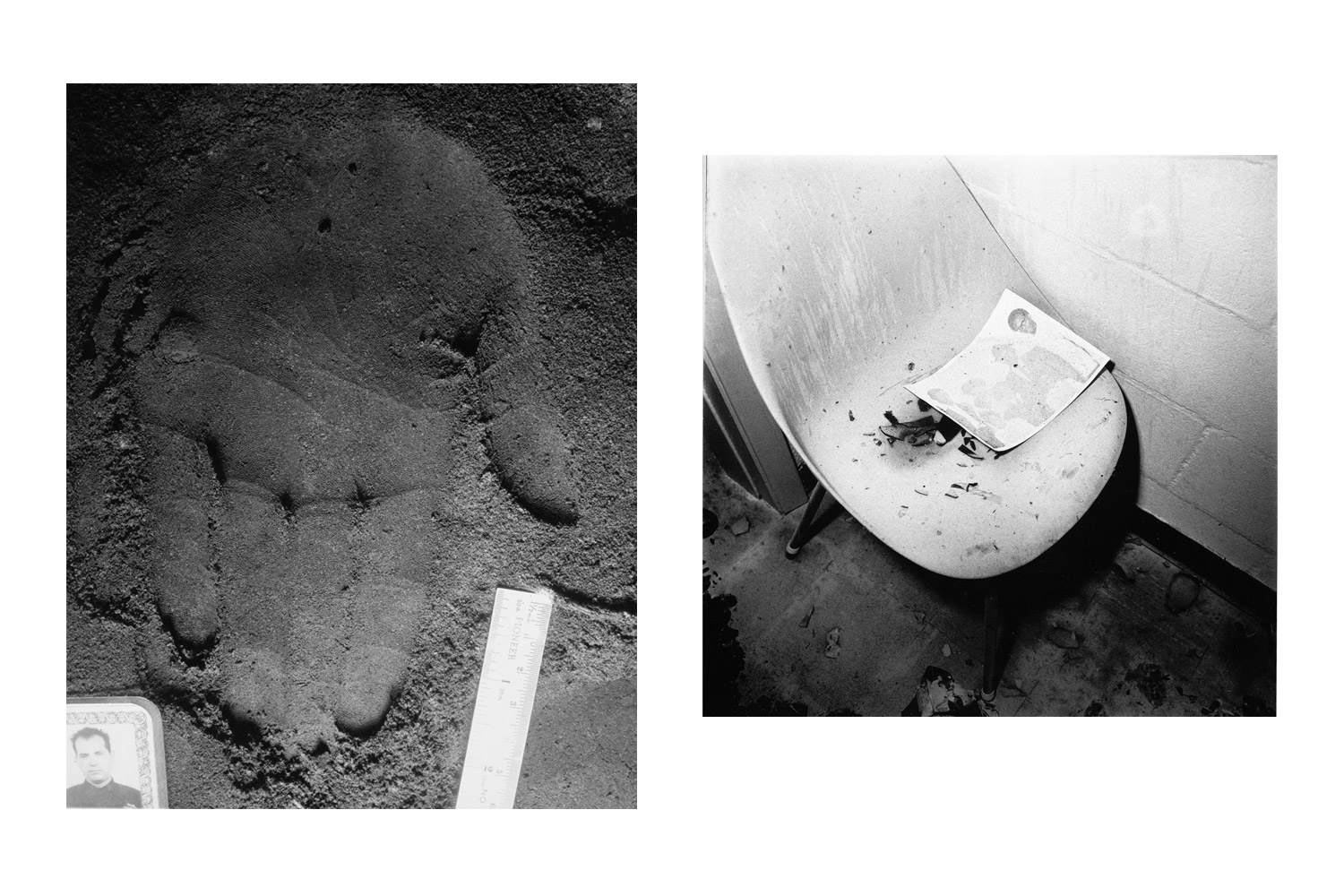
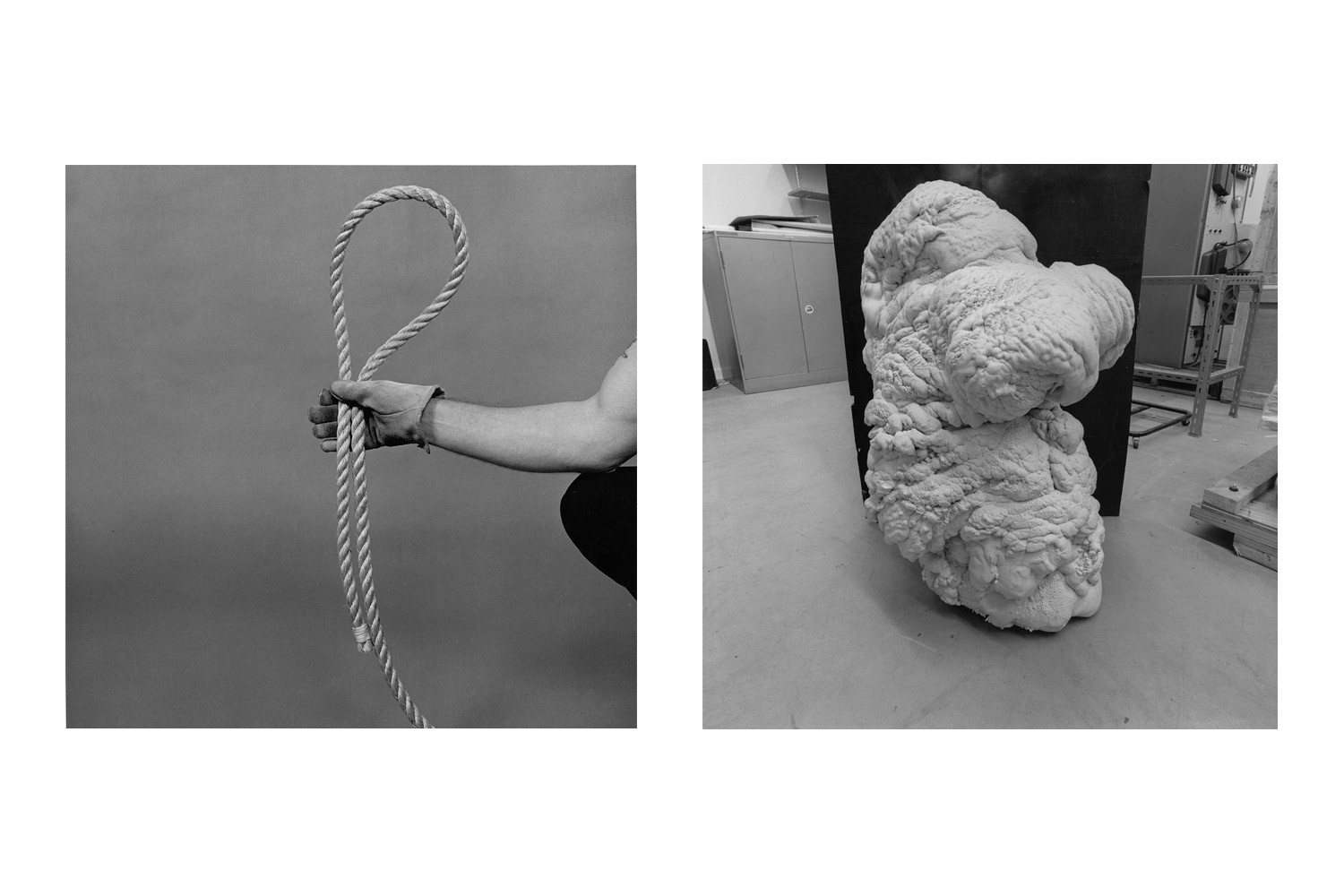
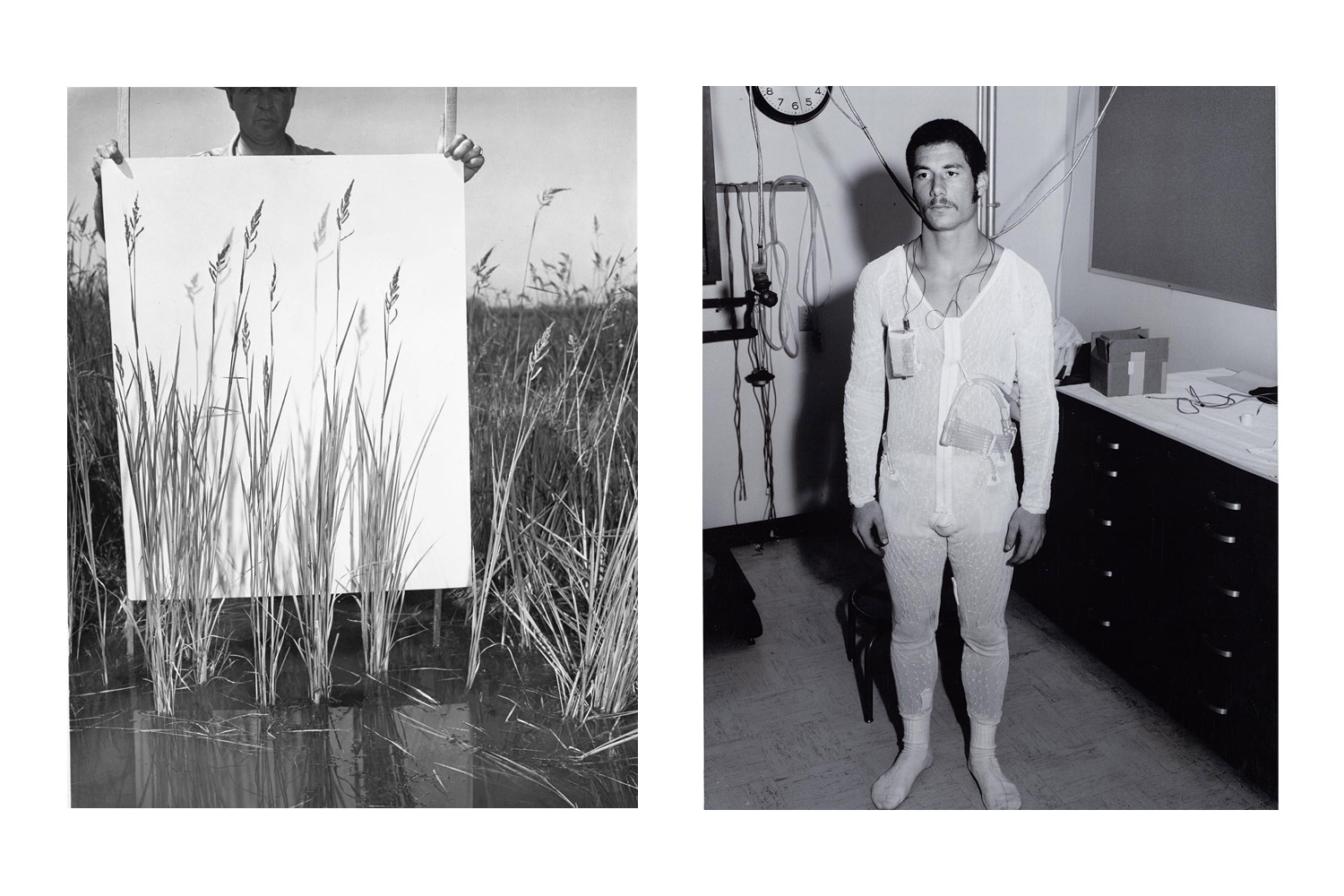
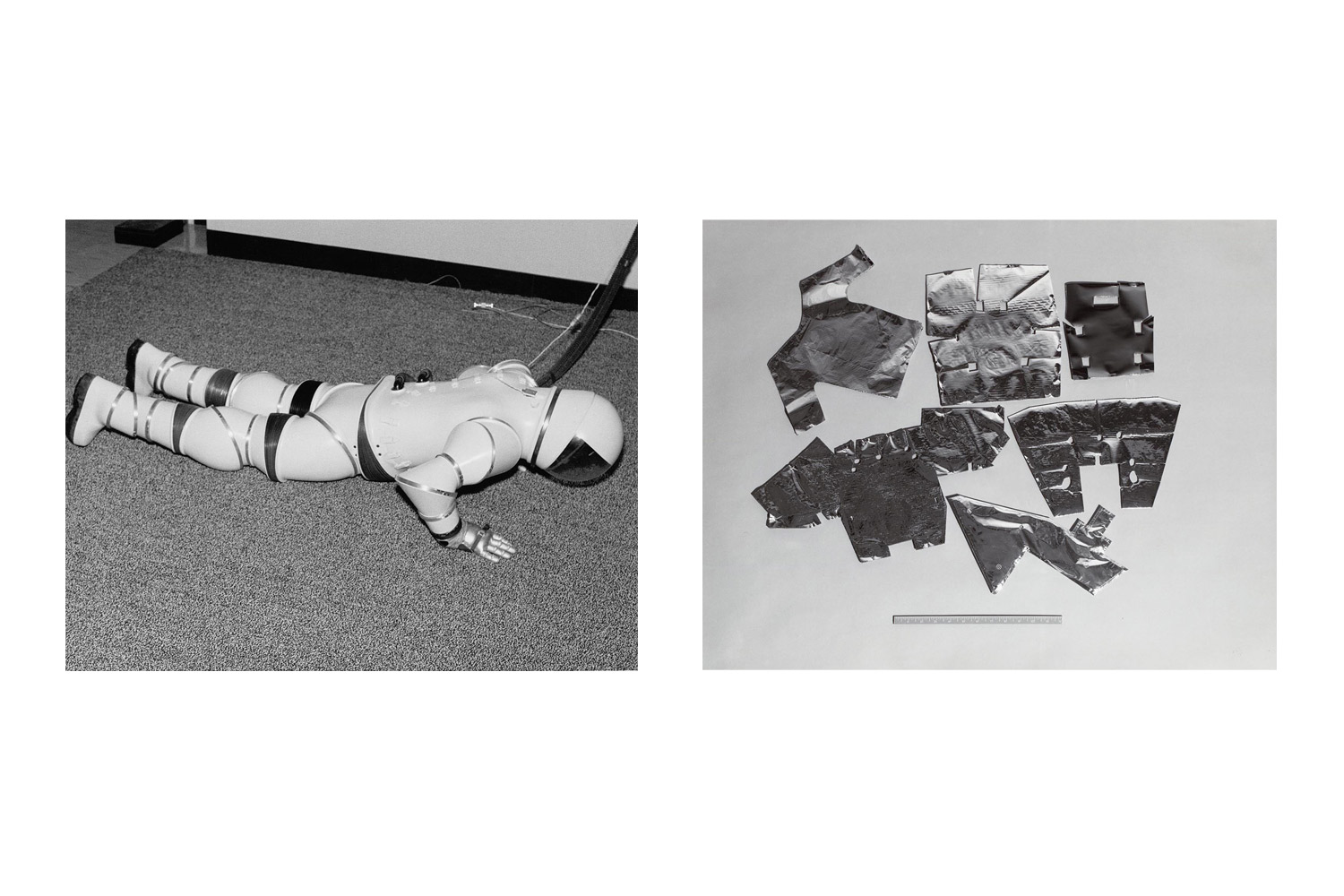


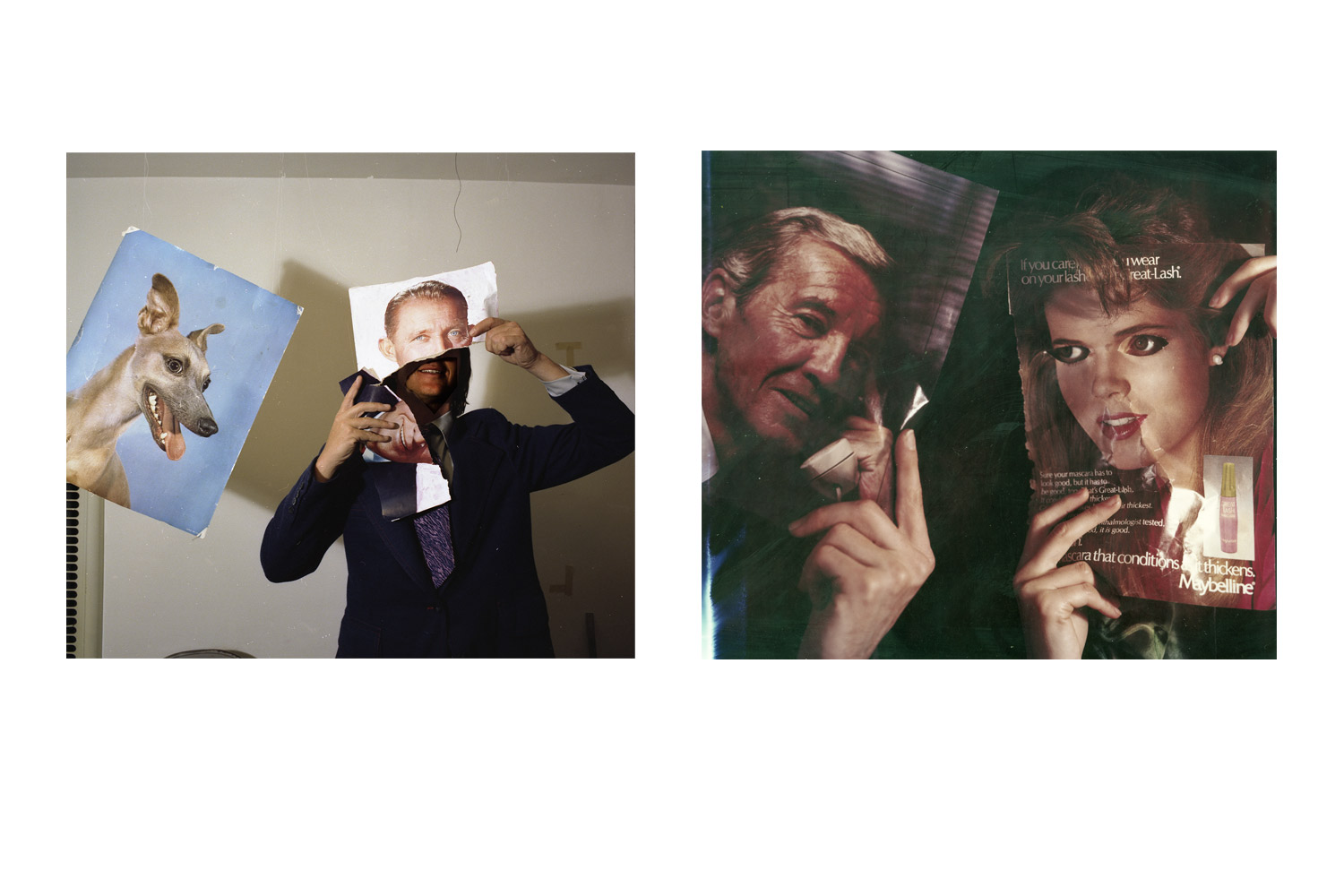

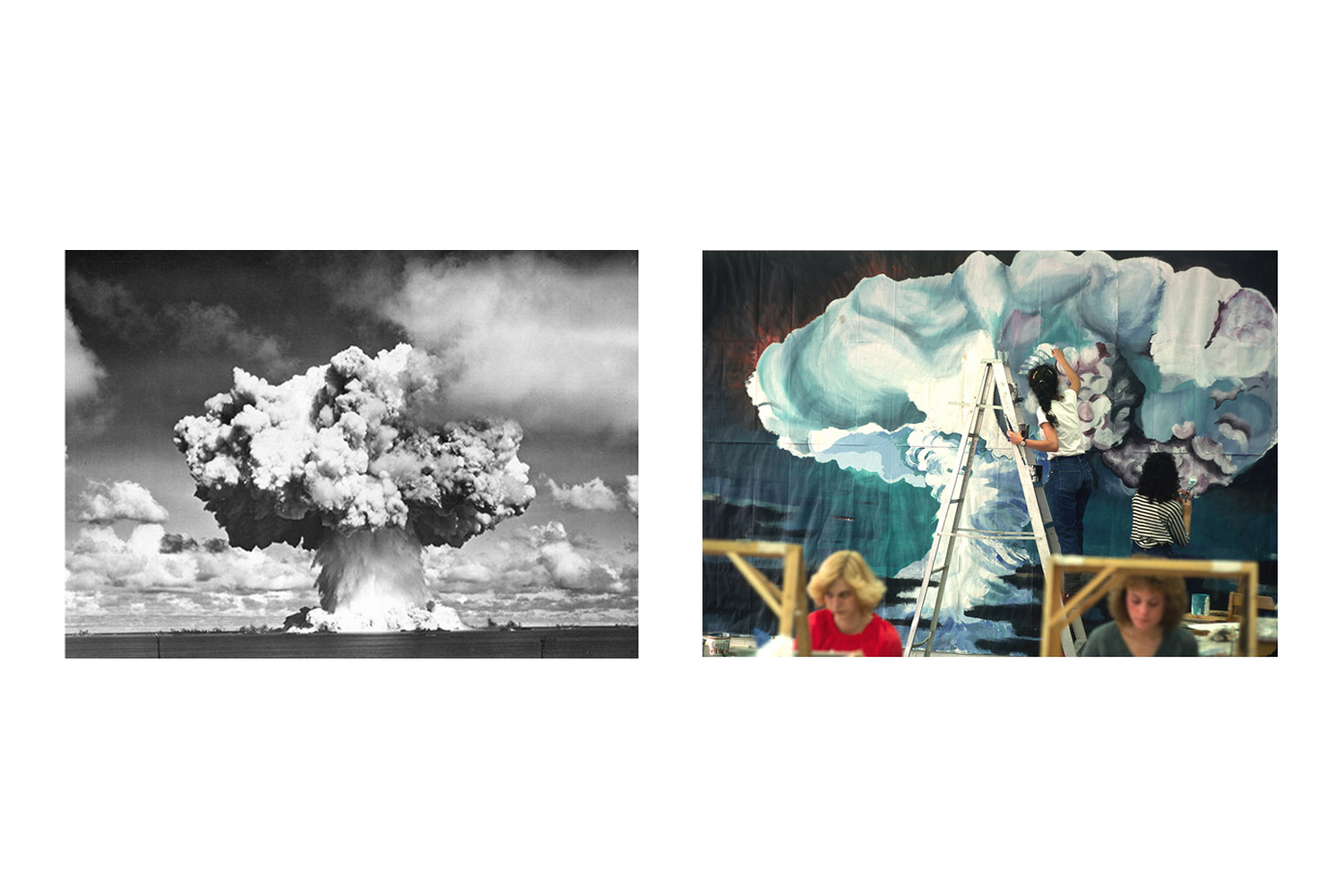

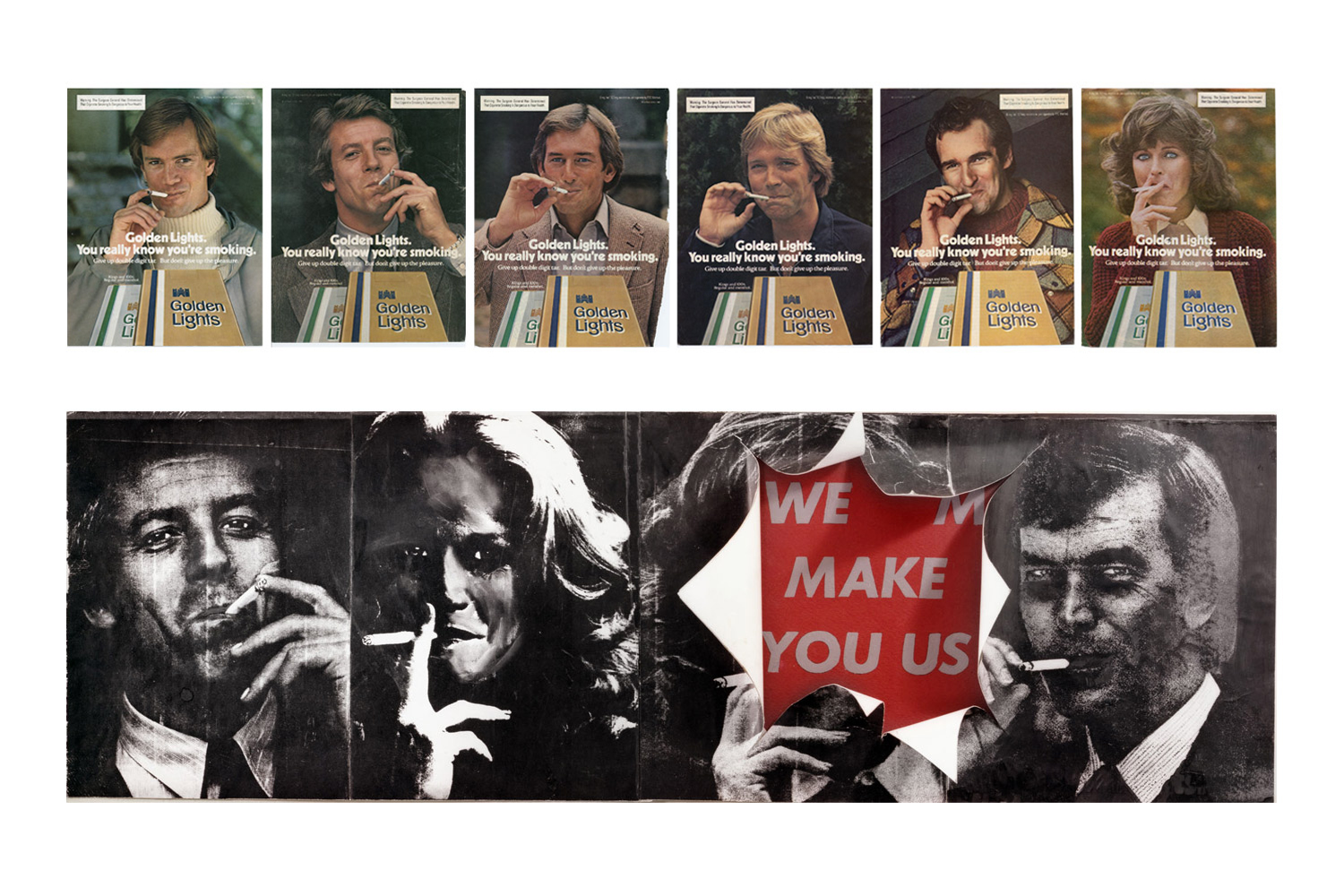

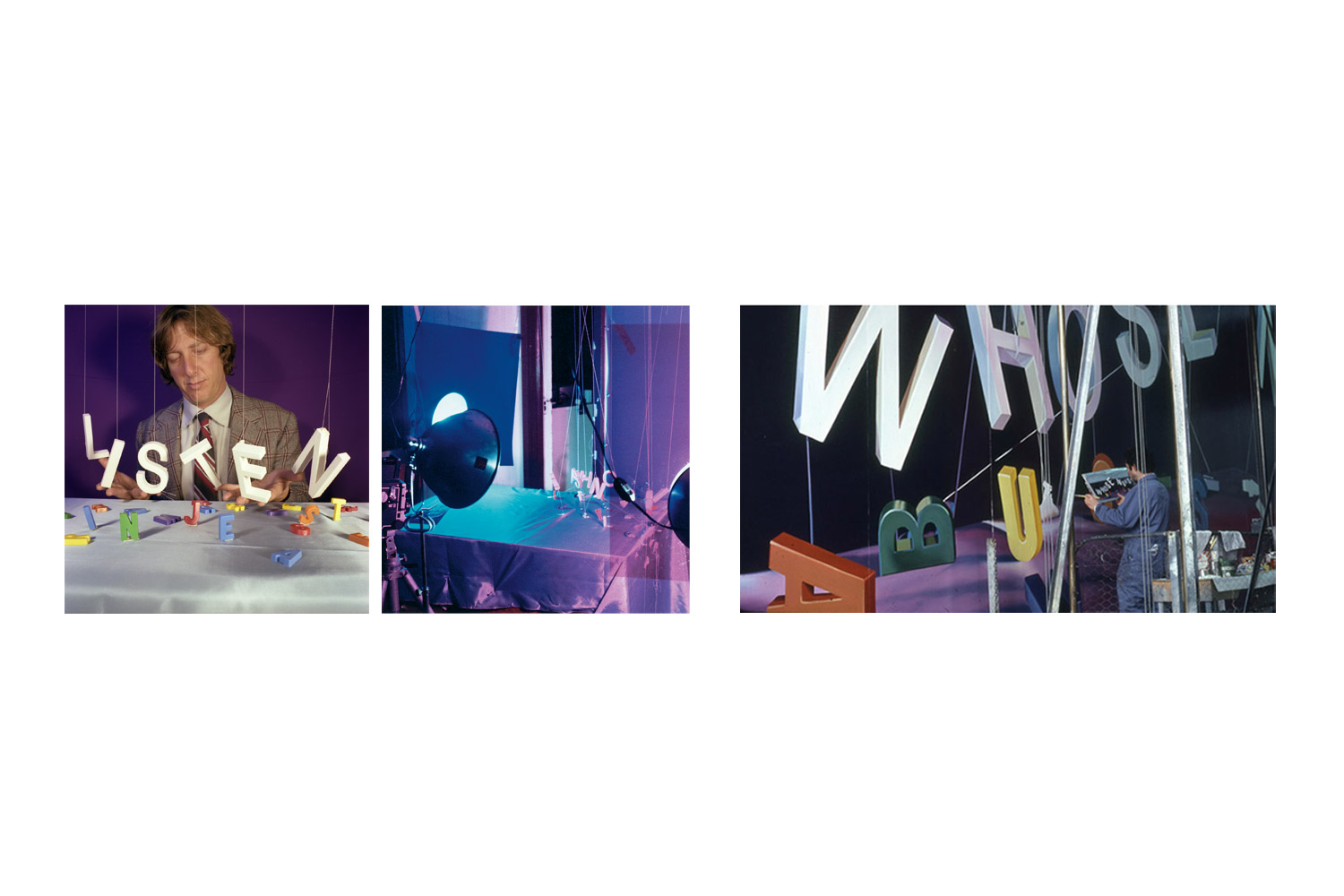

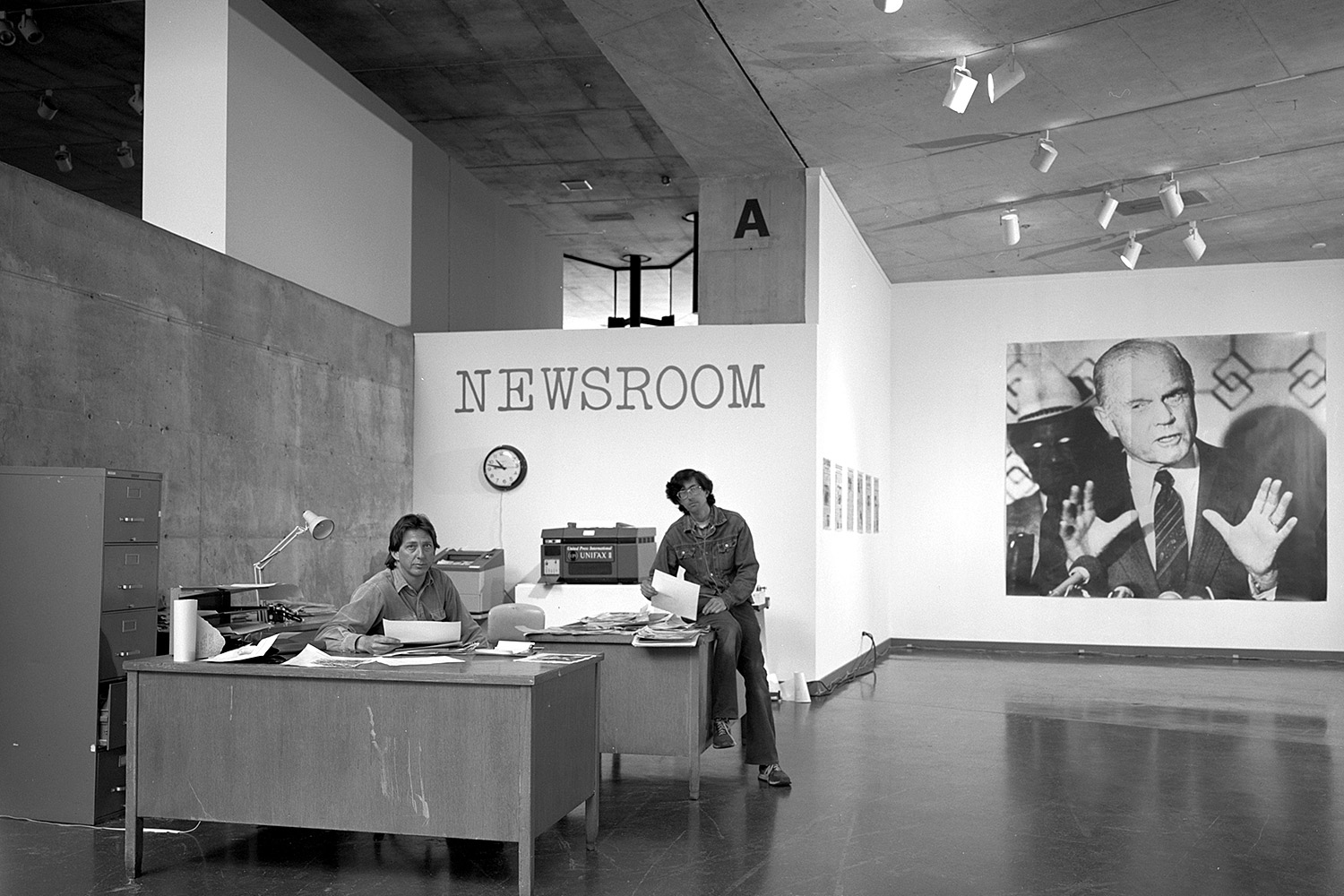
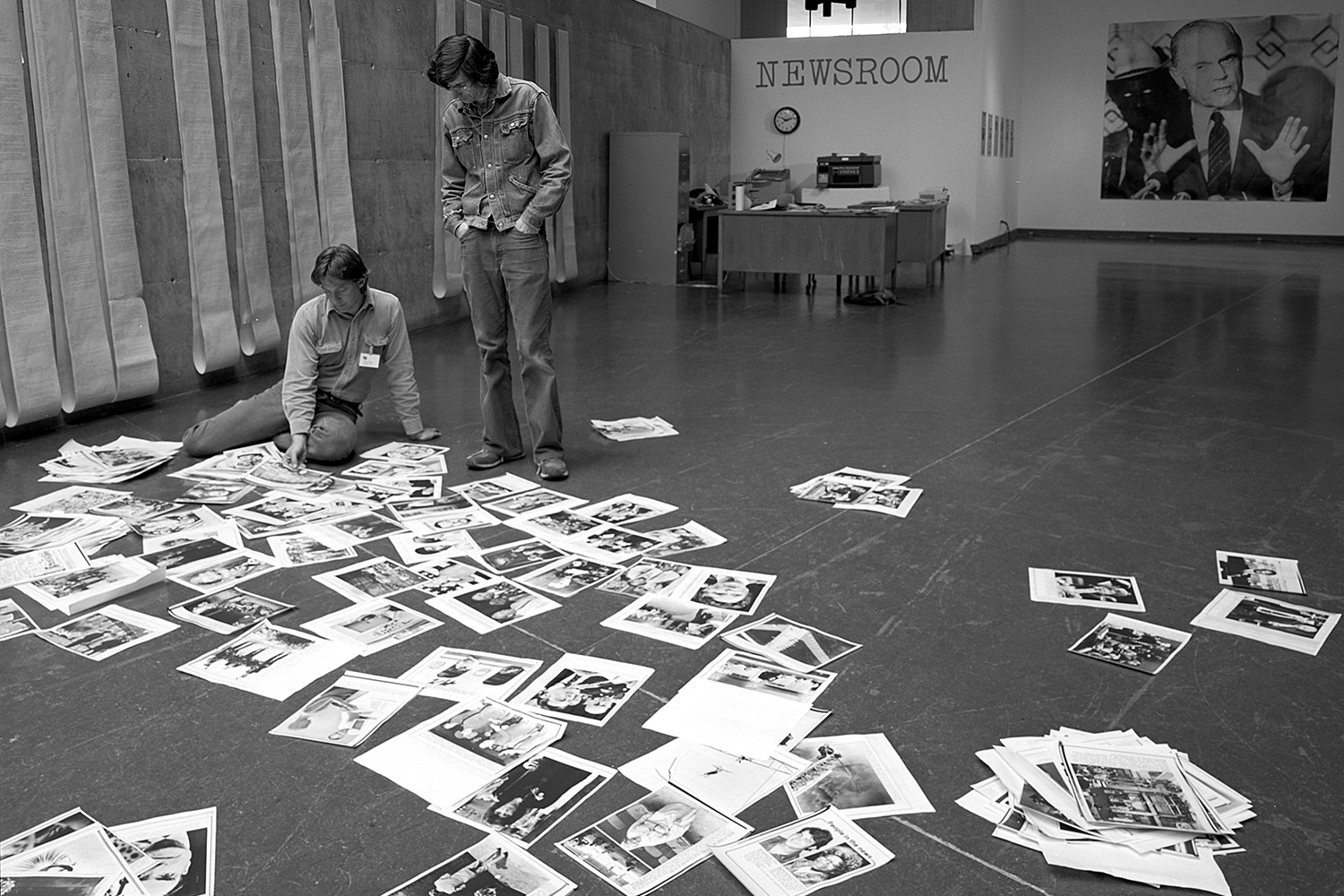


More Must-Reads From TIME
- The 100 Most Influential People of 2024
- The Revolution of Yulia Navalnaya
- 6 Compliments That Land Every Time
- What's the Deal With the Bitcoin Halving?
- If You're Dating Right Now , You're Brave: Column
- The AI That Could Heal a Divided Internet
- Fallout Is a Brilliant Model for the Future of Video Game Adaptations
- Want Weekly Recs on What to Watch, Read, and More? Sign Up for Worth Your Time
Write to Lily Rothman at lily.rothman@time.com